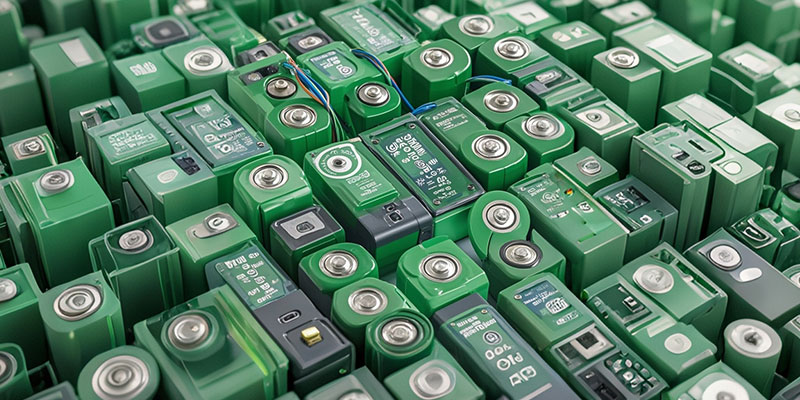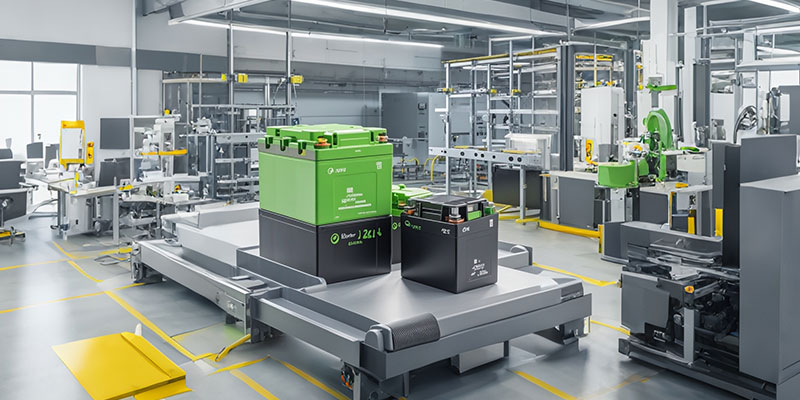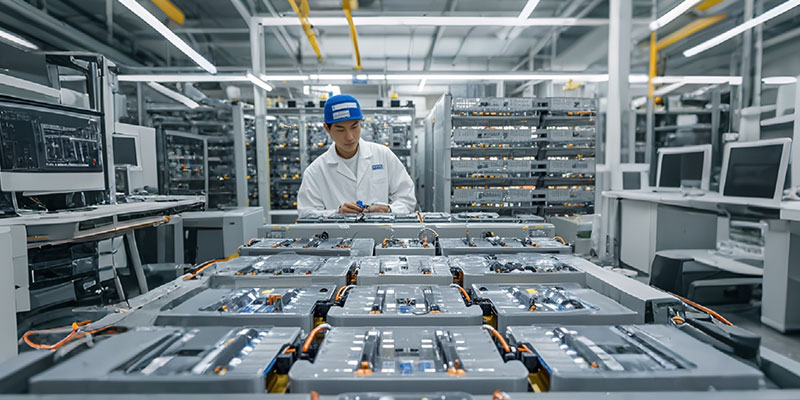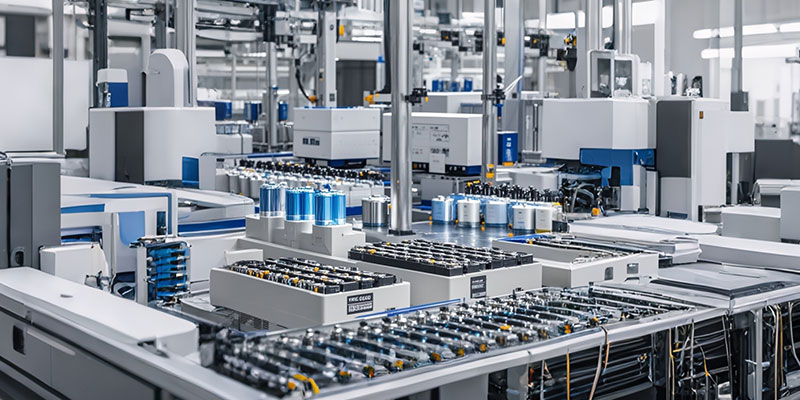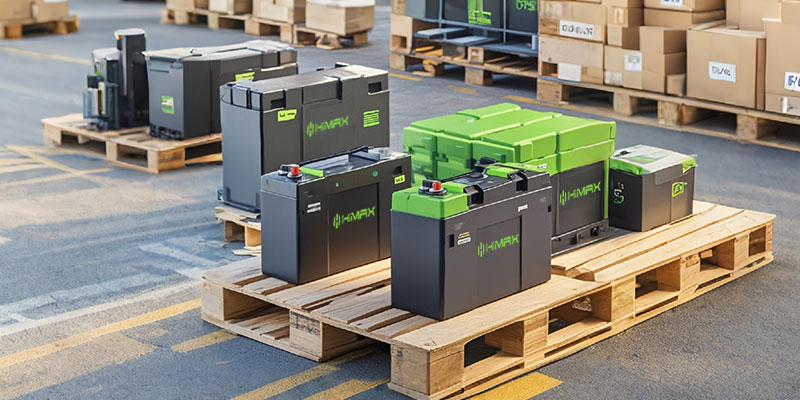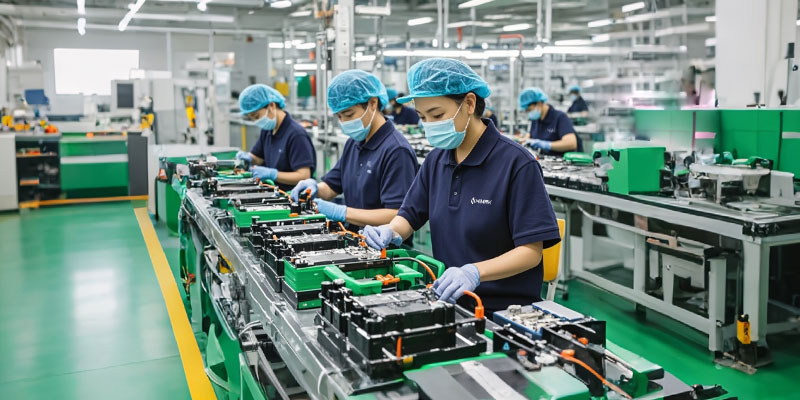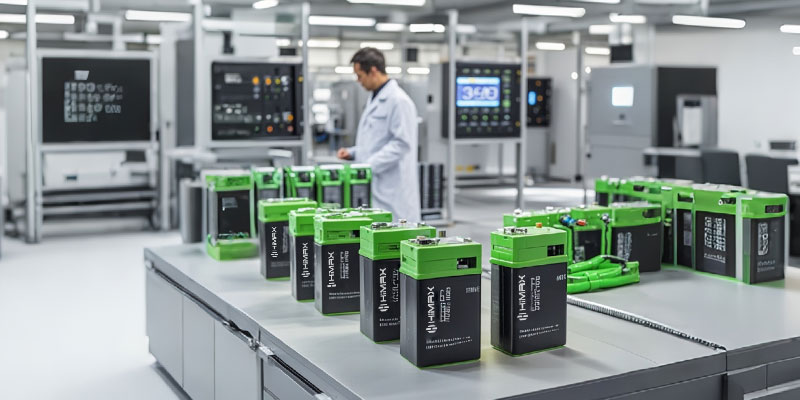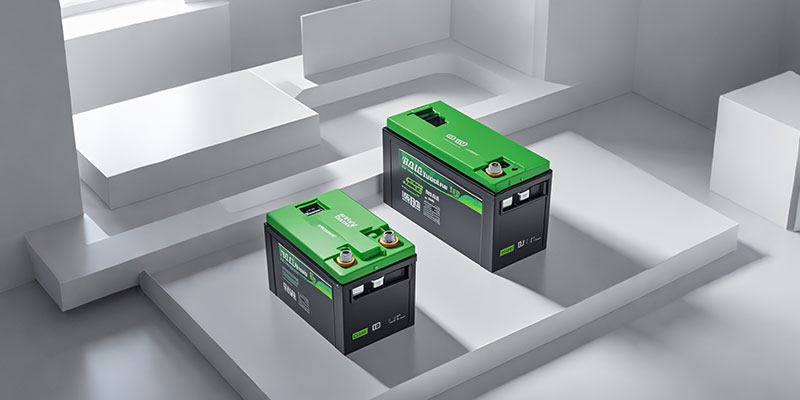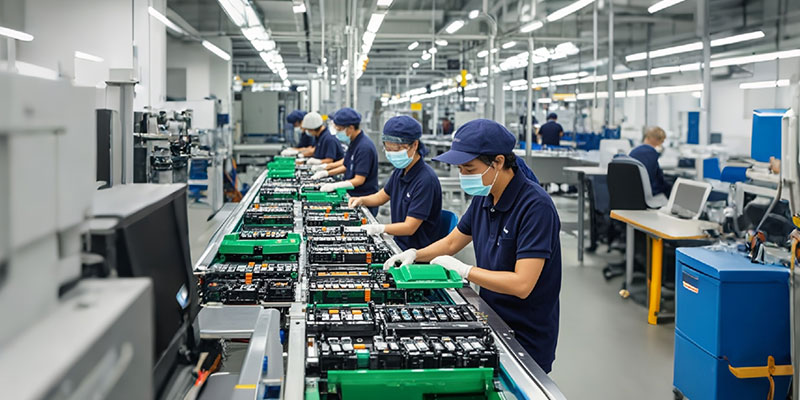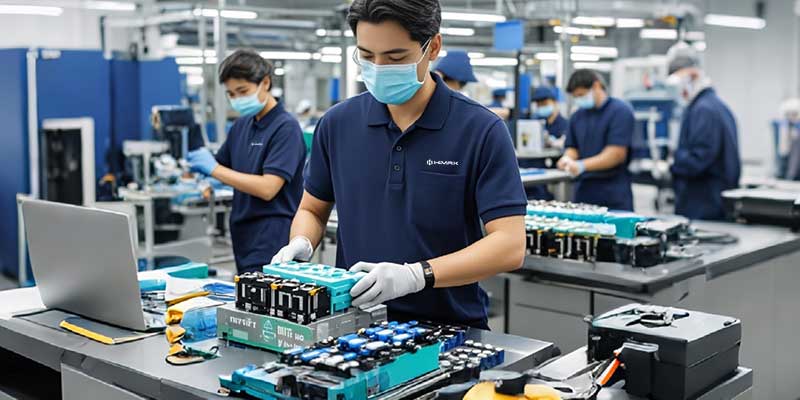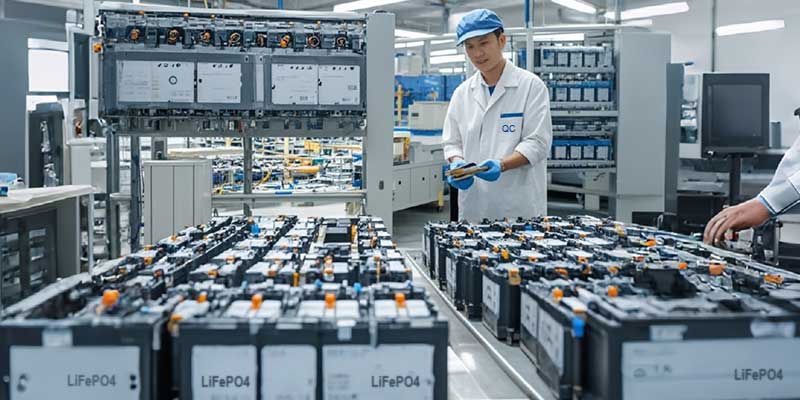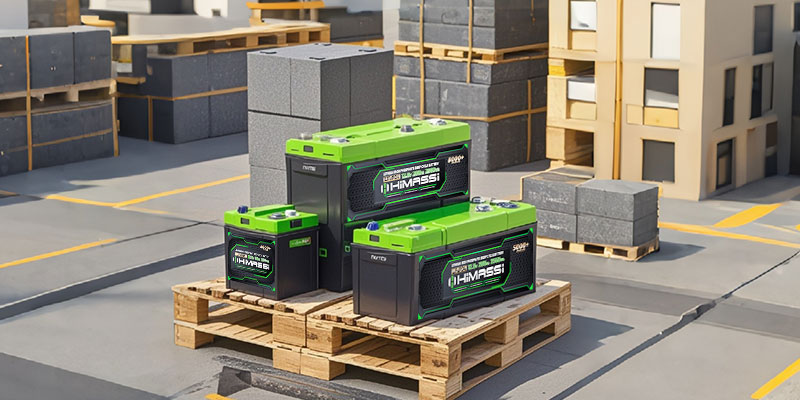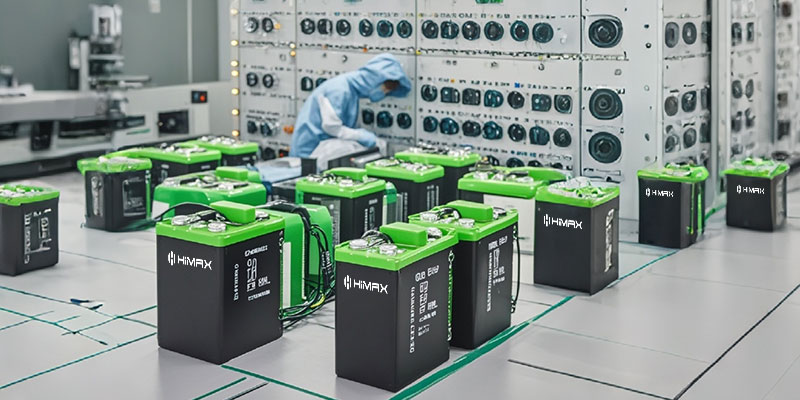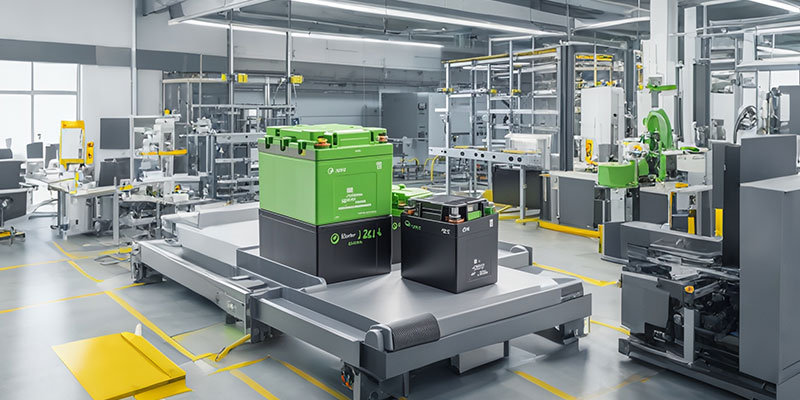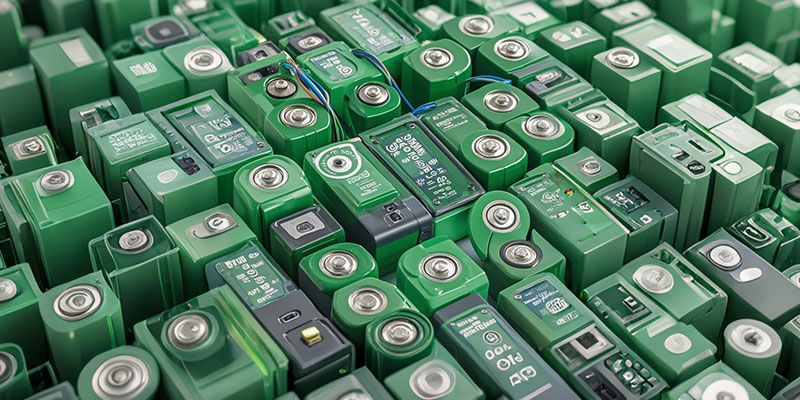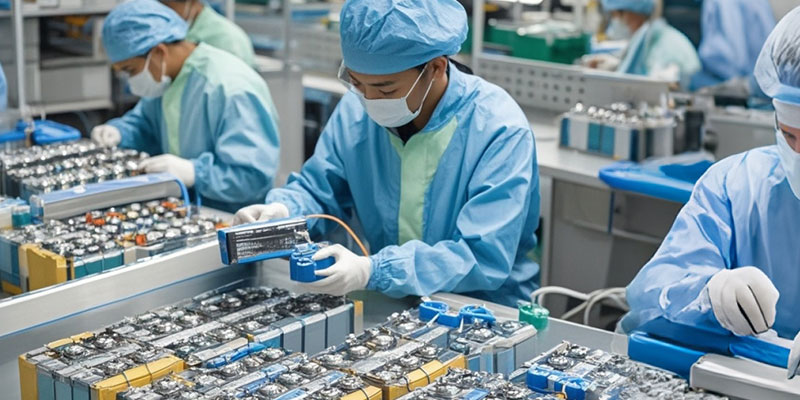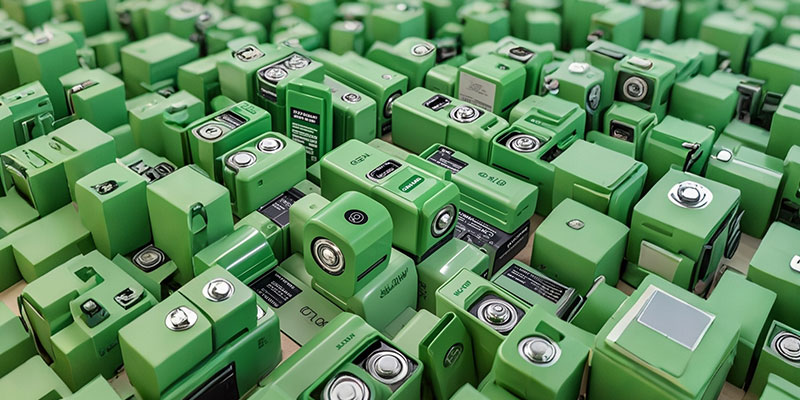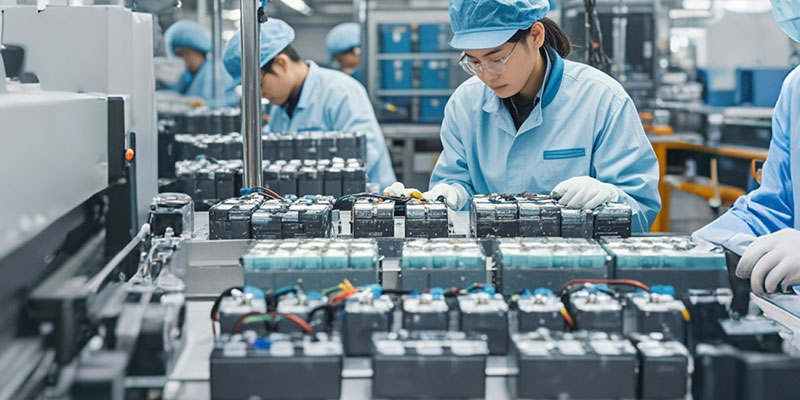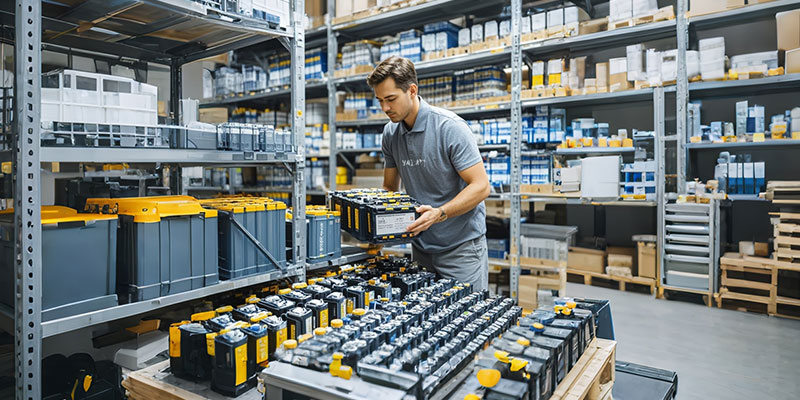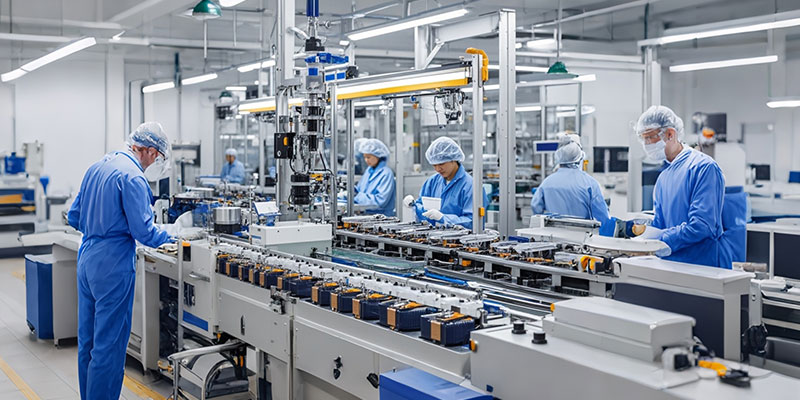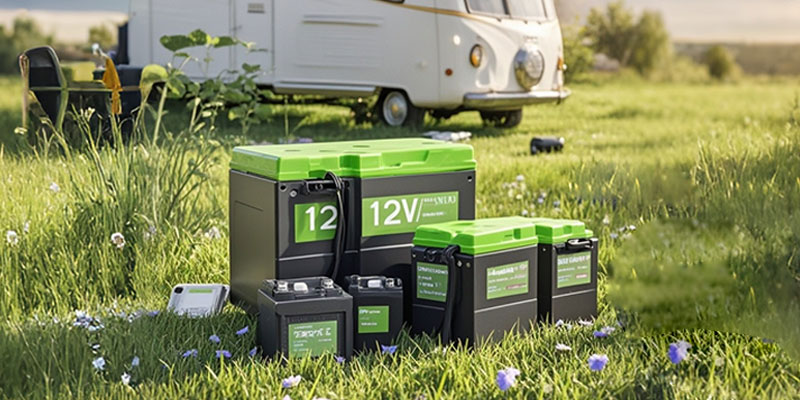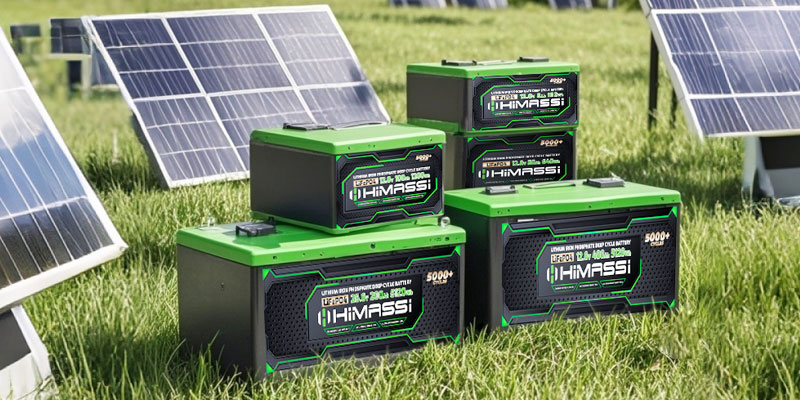Introduction
In today’s competitive market, businesses that rely on Original Equipment Manufacturer (OEM) batteries are constantly seeking ways to optimize their supply chain, improve efficiency, and, most importantly, cut costs. OEM batteries are used in a wide range of industries, including electric vehicles, consumer electronics, renewable energy storage, and industrial equipment. Whether you’re a small business or a large corporation, finding ways to maximize savings through wholesale purchases of OEM batteries is essential for maintaining profitability and gaining a competitive edge.
This comprehensive guide will explore how to save on OEM batteries by selecting the right suppliers, leveraging bulk purchasing, customizing battery solutions, and managing the battery lifecycle effectively. By following these tips and strategies, your business can significantly reduce costs while ensuring the quality and reliability of the batteries you use.
- Selecting the Right OEM Battery Supplier
Choosing the right supplier is the cornerstone of maximizing savings with OEM batteries. The supplier you partner with can make or break your cost-efficiency strategy. A reliable supplier will not only offer competitive pricing but also deliver high-quality products and value-added services.
Key Factors to Consider When Choosing a Supplier:
- Certifications and Credentials:The quality of OEM batteries is critical, and the best way to ensure quality is by partnering with suppliers who have the necessary certifications. Look for suppliers with certifications such as ISO 9001 (for quality management) and UL (for safety). These certifications guarantee that the supplier adheres to strict standards in manufacturing and quality control.
- Production Capacity and Delivery Timeliness:The ability of a supplier to meet large volume demands is another crucial consideration. Evaluate the supplier’s production capacity and lead times. A supplier who can consistently meet your demand without delays will help you maintain smooth operations and avoid costly downtime.
- Customization Services:Not all OEM batteries are created equal, and some businesses require specialized battery solutions. Choosing a supplier that offers customization services can ensure that the batteries are tailored to your exact specifications, resulting in better performance and, often, cost savings in the long run.
Supplier Vetting Process:
- Request product samples to evaluate the quality of the batteries firsthand.
- Conduct factory audits or request certifications and quality management documents.
- Check for customer reviews, testimonials, and case studies that reflect the supplier’s reliability.
- Leveraging the Power of Bulk Purchasing
Bulk purchasing is one of the most effective ways to reduce the per-unit cost of OEM batteries. Suppliers typically offer discounts for larger orders, making it an attractive option for businesses that require consistent battery supplies.
How Bulk Purchasing Lowers Costs:
- Economies of Scale:When you purchase large quantities of batteries, the supplier’s cost of production per unit decreases. These savings are often passed on to you in the form of discounts, which can significantly lower your overall battery procurement costs.
- Long-Term Pricing Contracts:Establishing long-term contracts with a supplier not only secures a stable supply of batteries but also locks in favorable pricing. This is especially beneficial if the market price of batteries fluctuates due to changes in raw material costs or demand.
- Lower Shipping Costs:Bulk orders often come with reduced shipping fees, as the logistics of transporting large quantities are more efficient. Over time, these savings on shipping can add up to substantial cost reductions.
Strategies for Bulk Purchasing Success:
- Inventory Management:While bulk purchasing can lower costs, it’s important to align your inventory with actual demand. Overstocking can lead to excessive storage costs, while understocking can result in supply chain disruptions. Implement inventory forecasting tools to ensure your stock levels match your production or sales cycles.
- Negotiating Bulk Discounts:Work with your supplier to negotiate the best possible discounts. Some suppliers offer tiered pricing based on the quantity ordered, allowing you to maximize savings as your order size increases.
- Exploring Customized OEM Battery Solutions
Another way to maximize savings is by exploring customized OEM battery solutions. Custom batteries are designed to meet the specific needs of your application, which can enhance performance and reduce maintenance costs over time.
Benefits of Custom Battery Solutions:
- Optimized Performance:Custom batteries are built to match the exact requirements of your product or system, ensuring that they deliver the optimal energy output and efficiency. This reduces the risk of battery failure and can extend the life of your equipment.
- Reduced Maintenance Costs:Batteries that are tailored to your specific needs are less likely to experience performance issues, meaning fewer replacements and repairs. This leads to long-term cost savings.
- Better Energy Efficiency:Custom batteries can be designed to maximize energy efficiency, reducing overall power consumption and lowering operational costs for equipment that requires battery power.
Customization Considerations:
- Consulting with the Supplier:Before finalizing an order for custom batteries, work closely with the supplier’s technical team to define your needs. This collaboration ensures that the design meets all necessary specifications.
- Cost-Benefit Analysis:While custom solutions often require a higher upfront investment, it’s important to calculate the long-term savings that result from improved performance, lower maintenance, and reduced energy consumption.
- Managing the Lifecycle of OEM Batteries for Cost Savings
Effective battery lifecycle management can significantly reduce costs by extending the lifespan of each battery and minimizing the need for replacements. Proactive management also ensures that your batteries continue to operate efficiently, reducing downtime and maintaining productivity.
Key Strategies for Battery Lifecycle Management:
- Proper Maintenance and Handling:Regular maintenance, such as keeping batteries at the right charge levels, storing them in optimal conditions, and avoiding overcharging, can extend their life. Implementing a comprehensive maintenance program will help ensure that your batteries perform well over time.
- Monitoring Battery Health:Using battery management systems (BMS) to monitor the health of each battery can help identify issues before they lead to complete failure. This proactive approach can reduce the frequency of replacements and extend battery life.
- Battery Recycling and Disposal:Proper recycling of batteries not only helps with environmental sustainability but can also generate savings. Some suppliers offer recycling services or even trade-in programs that give businesses credits toward new battery purchases.
Maximizing Battery Lifespan:
- Temperature Control:Keeping batteries within their recommended temperature range is one of the most effective ways to prolong their life. High temperatures can cause rapid degradation, while low temperatures can affect performance.
- Using High-Quality Chargers:Investing in high-quality chargers that are compatible with your OEM batteries ensures that they are charged safely and efficiently, further extending their life.
- Building Long-Term Supplier Relationships
Forming long-term partnerships with your OEM battery suppliers can lead to significant cost savings over time. Strategic relationships allow businesses to benefit from better pricing, preferential treatment, and consistent quality.
Benefits of Long-Term Supplier Relationships:
- Price Stability:Long-term contracts with a trusted supplier can help you lock in prices, protecting your business from market volatility. This stability allows you to plan your budget with greater certainty and reduces the risk of sudden cost increases.
- Priority Access to Supply:During periods of high demand or supply chain disruptions, suppliers often prioritize their long-term partners. This ensures that your business continues to receive the batteries it needs without delays, even during challenging market conditions.
- Customized Solutions and Innovation:When you work closely with a supplier over an extended period, they become more familiar with your business needs. This enables them to offer more customized solutions and innovative products tailored to your specific applications.
Strategies for Building Strong Supplier Partnerships:
- Regular Communication:Maintain open lines of communication with your supplier to ensure that any issues are addressed promptly. Regular check-ins also provide an opportunity to discuss upcoming projects and explore new ways to improve efficiency and reduce costs.
- Mutually Beneficial Contracts:Negotiate contracts that benefit both parties, focusing not only on pricing but also on service quality, delivery schedules, and technical support.
Himax Electronics’ Advantage
At Himax Electronics, we specialize in offering high-quality OEM batteries designed to meet the specific needs of businesses across various industries. Our commitment to excellence in manufacturing, customization, and customer support ensures that you receive the best battery solutions at competitive prices.
With years of experience in the industry, we understand the importance of providing not only reliable batteries but also value-added services such as technical support, maintenance programs, and recycling solutions. Our global supply chain ensures timely delivery and uninterrupted access to the batteries you need, no matter where your business operates.
By partnering with Himax Electronics, you gain access to a trusted supplier who is dedicated to helping you maximize savings while maintaining the highest standards of product quality. Let us help you achieve your business goals with tailored OEM battery solutions that drive efficiency and reduce costs.
Conclusion
Maximizing savings with OEM batteries wholesale requires a strategic approach that includes choosing the right supplier, leveraging bulk purchasing, exploring customized solutions, and effectively managing the battery lifecycle. By following the tips and strategies outlined in this guide, your business can achieve significant cost savings while ensuring the consistent quality and performance of your battery supply.
Whether you’re just starting your search for an OEM battery supplier or looking to optimize an existing partnership, Himax Electronics is here to support your needs. Contact us today to learn more about how we can help you maximize savings and enhance your business operations with our innovative battery solutions.

